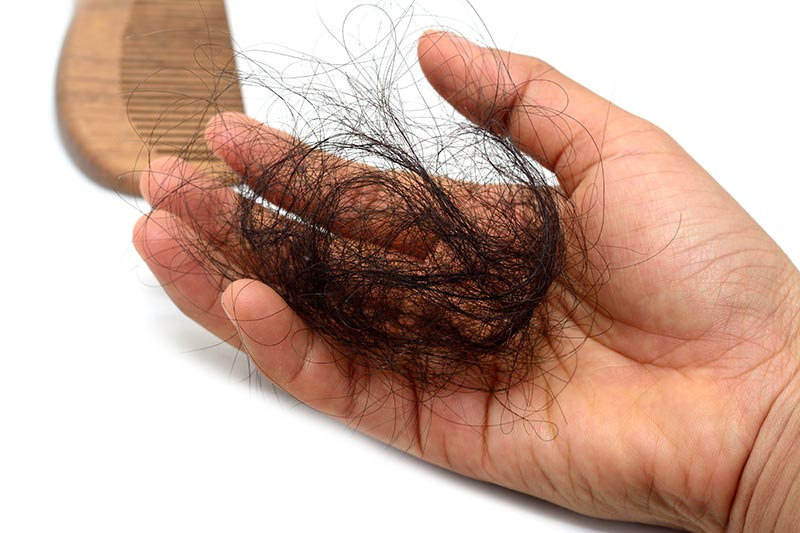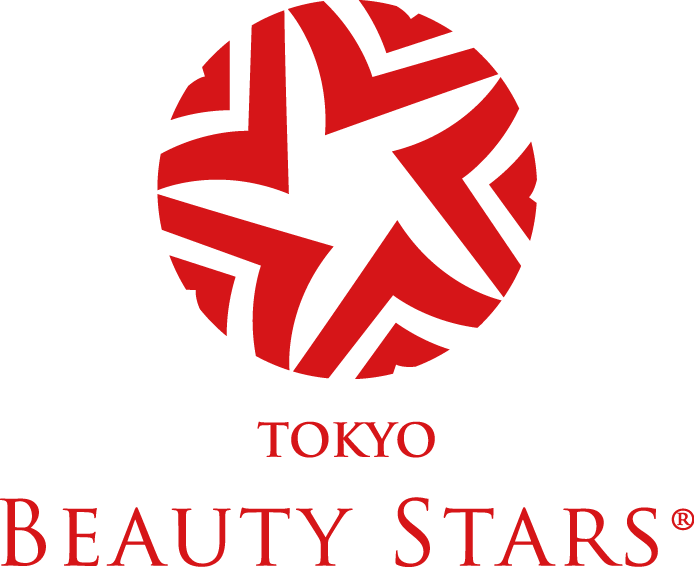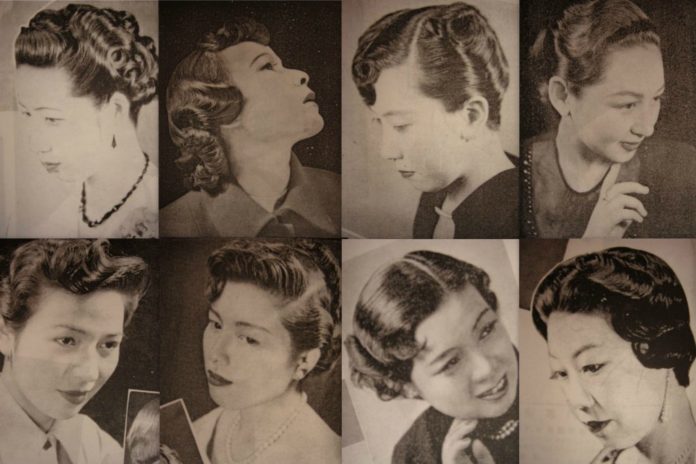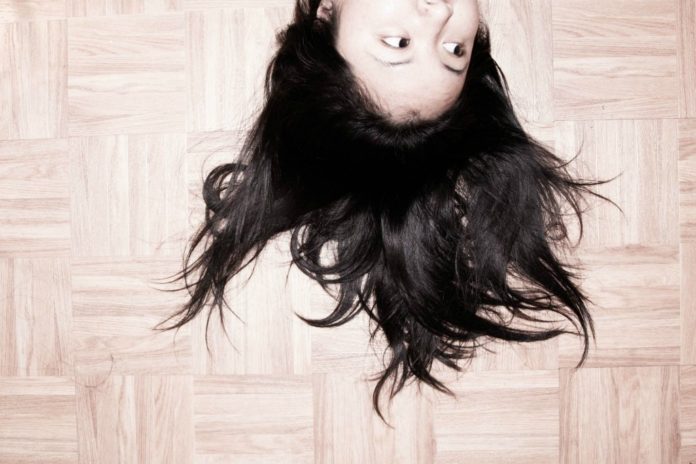
This time around, we will be addressing one of many queries regarding hair problems we receive at TBS – the process and causes of hair loss.
One day, an e-mail arrived from one of our customer with the request, “Please introduce a hair care salon as my hair is falling out”. Given my experience with alopecia areata, I understood her wish for a solution to end the difficult fight against hair loss. However, I knew it was more important to give her an honest response. With that, I replied, “Unfortunately, we cannot stop hair from falling out right away, nor can we immediately replace the lost hair by simply visiting a hair salon.”
Essentially the hair salon is but a place where you change your hair design via cut, color, and perm. To maintain everyday hair health and beauty, you can also consult with a hairdresser about styling and care. However, people who lose hair with just a touch, or those who suffer from bald patches, may possibly be experiencing progressive thinning. As there are quite a number of specialized ways to grow, increase, and hide thinning hair, I will introduce them in detail at a later time. Today, let’s first talk “hair loss”.
The hair growth cycle explained
You see hair loss with brushing, shampooing, and on the pillow when you wake up in the morning. As previously mentioned, it is quite common for anyone to lose 50 to 80 strands of hair daily. At the turn of the season, such as spring and autumn, the amount may even increase to over 100 strands a day.
On the other hand, hair grows from 0.3 to 0.5 mm per day, about 1.2 cm per month, and about 15 cm in a year. Yet hair does not grow on forever, there is a lifespan to each strand of hair. When its lifespan runs out, the hair naturally falls out, and the hair growth repeats itself. This cycle from growth to fall out is known as the “hair growth cycle”, and lasts a period of 4 to 6 years on average. In other words, your hair completely changes every 4 to 6 years, and the resulting hair loss is a completely normal phenomenon.
Differences in hair loss conditions linked to abnormal hair loss and thinning hair
“I feel anxious as more and more hair falls out and I’m spending too much time checking my hair in the mirror.”
First things first, don’t panic. This may not even be a problem if it is healthy hair loss due to the above-mentioned hair cycle. Granted, it is quite distressing to lose a large amount of hair in one go. If you are concerned, try examining hair that has fallen out. If the hair has length and elasticity, rest assured that it is healthy hair that will grow back within the cycle and no, you are not balding. This type of hair loss merely means that the hair has reached its lifespan and will revert back to the growth stage.
Hair loss related to thinning hair is often associated with the following characteristics:
- Hair that has fallen out is thin and short
- A troublesome scalp
Hair loss consisting of weak, thin, and short hair suggests lack of growth, indicating malnutrition or disorder in the hair growth cycle. A scalp problem, for instance, a greasy scalp with dandruff, means it is possible that the pores are clogged and the scalp cannot breathe. In addition, itchiness and redness in the scalp may point to inflammation caused by overexposure to UV rays or allergies. If hair loss is caused by scalp problems, improving your scalp health may be a solution with promising results.
“Healthy hair comes from a healthy scalp.”
Japanese hairdressers often liken the relationship between hair and scalp to vegetables in a field. Imagine a field where many scrumptious vegetables grow. Good vegetables grow out of rich soil, not where nutrition is insufficient. Basically, the soil is like the scalp and the vegetables like hair, and a healthy scalp is essential for full, healthy hair.
When I was young, I was only concerned with the feel of when I ran my fingers through my hair. But today, I now know we must also care for the scalp. Even stylish Japanese women who seemingly visit the salon for mainly aesthetic reasons also recognize the importance of scalp care.
What is more, the scalp is part of the skin connected to your face, similar to the turning point of your skin. Think you are plagued with hair loss woes? The scalp may be at the heart of the matter.
















